Peanut butter - what to pay attention to when choosing and what can you use it for?
Did you know that peanut butter was invented in the 19th century? Today, many of us cannot imagine breakfast without it. And good. Peanut butter impresses with its unique taste, possibilities of use and excellent health-promoting properties. And there are really a lot of these ...
Why is it worth eating peanut butter?
Traditional peanut butter is made from peanuts (peanuts), which are previously roasted. This is what the butter owes its color to - brown and has a distinctive flavor. There is no need to convince anyone about the health-promoting properties of this product. After all, peanuts are a valued source of fatty acids (especially those belonging to the group of omega-9 monounsaturated fatty acids) and oleic acids. They lower cholesterol and support the work of the circulatory system. In this regard, the nut paste has been thoroughly researched by scientists. It has been proven that its regular consumption can protect us from heart disease (eating peanut butter 5 times a week reduces the risk of a heart attack by half!) And improves the overall condition of the body.
One cannot forget about protein, fiber, potassium, magnesium and vitamin E. Peanut butter is an excellent source of these substances, which is why it is so appreciated by athletes, vegetarians, people promoting a healthy lifestyle and… slimming (just 2 tablespoons of peanut butter will reduce the feeling of hunger for over 2 hours).
How to choose peanut butter?
Taking into account all the health-promoting properties of peanuts, we should look for butter with as much of them as possible, completely natural and without unnecessary additives. The ideal situation is butter made only from roasted peanuts. As it turns out, there are not many products of this type on the Polish market.
Producers often save on valuable nuts, replacing them with "fillers". You can also find butter with added sugar or salt - these additives are designed to improve the taste of butter, and in fact they spoil it.
Therefore, when choosing, we should carefully pay attention to the labels, analyze the composition and content of nutrients.
We compare!
The paste available from us made only of roasted peanuts (100% nuts) has the following nutritional values (per 100g):
- 595kcal / 2491kJ
- protein 25.7g
- 46.1g fat (including saturated fatty acids 6.1g, monounsaturated 22.9g, polyunsaturated 14.6g)
- carbohydrates 14.6g
- fiber 8.5g
On the other hand, peanut butter of one of the most popular producers contains only 65% nuts, sunflower oil, hardened palm oil, sweetened with dextrose and salted. Its nutritional values (per 100g) are:
- 660kcal / 2731kJ
- protein 17.9g
- 57g fat (including saturated fatty acids 9.8g)
- carbohydrates 17g
- sodium 0.9 g
Peanut Butter Recipes?
The truth is, as many peanut butter fans, there are so many ways to eat it. Many of us appreciate peanut butter as a paste for sandwiches, others use it as an addition to pancakes, porridge or toasts, and still others eat it straight from the jar.
Peanut paste, however, can also be an ingredient of various types of baked goods - just enter the phrase "peanut butter recipes" in the search engine and you will be inundated with recipes for cakes, cookies, cocktails, sauces, and even spicy meat dishes with a nutty note. You can get carried away by your imagination in this respect ... provided, of course, that we have really good and valuable peanut butter.
Which peanut butter to choose
You will learn everything from our post: Which peanut butter should you choose?

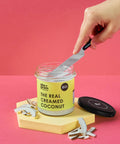

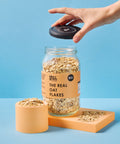
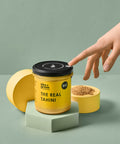
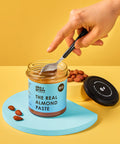
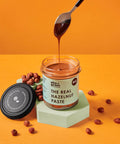
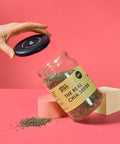
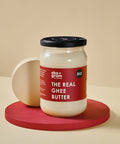

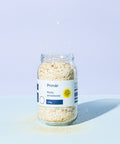

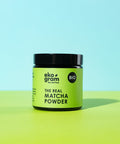
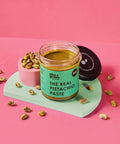
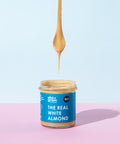
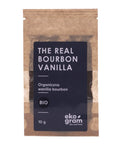

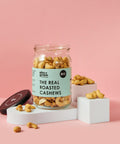

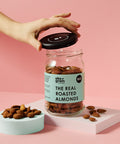

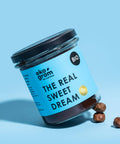
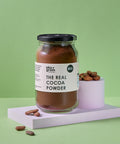



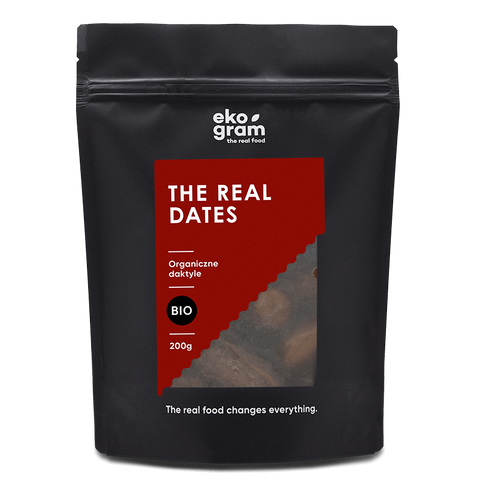
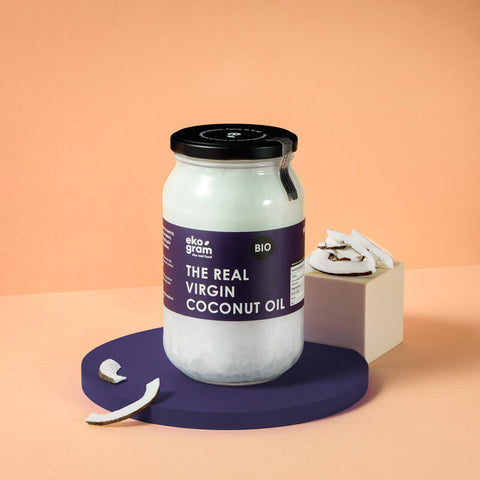
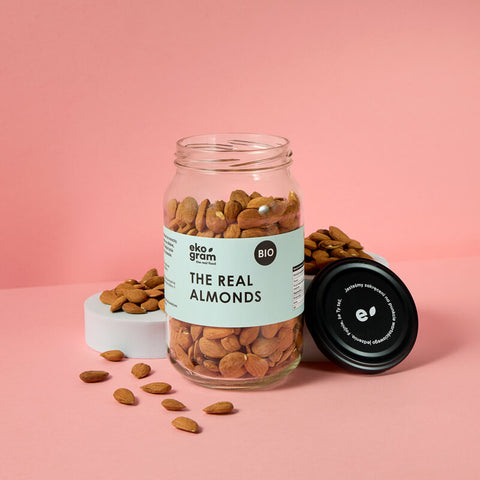
Comments (0)
There are no comments for this article. Be the first one to leave a message!